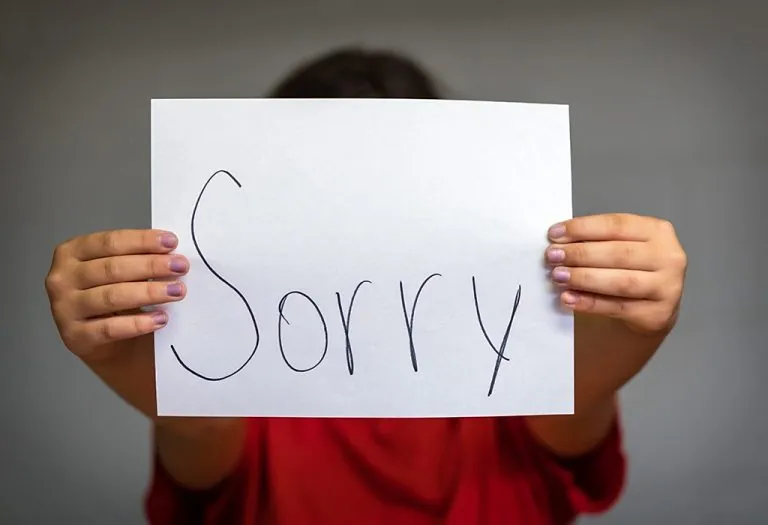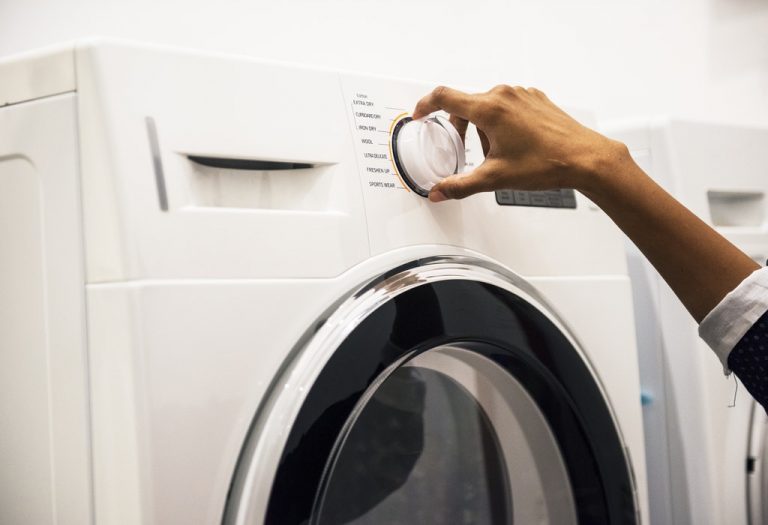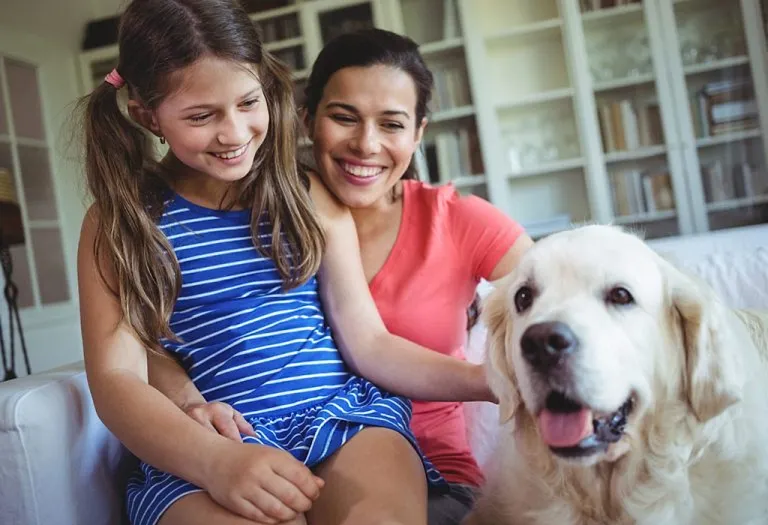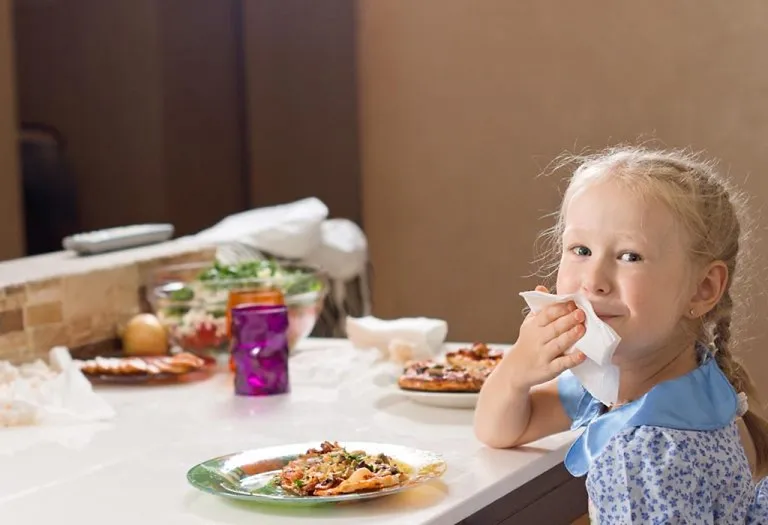How to Teach Your Child to Apologize (Say Sorry) and Actually Mean It
- Why Is It Important for a Child to Learn to Apologise?
- Easy Ways to Teach Your Child to Say “Sorry”
- FAQs
Along with words like ‘please’ and ‘thank you’, the other important word your child must learn is ‘sorry’. Teaching kids to apologise sincerely is crucial to their emotional development and ability to build meaningful relationships. At times, it is difficult to ensure that children actually mean it even when they are not willing to say sorry. While saying “sorry” may seem like a simple act, helping children understand the importance of taking responsibility and feeling genuine remorse is essential. Your child might also not think that his actions were wrong or that it requires him to apologise. Keep reading to learn ways to help you teach your child to apologise with empathy.
Why Is It Important for a Child to Learn to Apologise?
Apologising is not just a social gesture; it helps your kid identify his mistakes, take responsibility for them, and heal the relationship. Sometimes, your child might squeak a sorry just to make you feel better. In such cases, the child does not learn anything from it. It is important to teach your child that saying sorry is not just a simple standby solution. He should learn and understand how he has affected another person by misbehaving. It is easy to force or push your child to say the word ‘sorry’, but making him understand what he has done is far more critical.
Easy Ways to Teach Your Child to Say “Sorry”
For raising your kid to become responsible enough to apologise and accept his mistakes, practice these tips.
1. Teach Your Child When to Apologise
It is hard to make a small kid understand right and wrong. However, it is important to start bringing these two concepts into their awareness as early as possible. You can begin by explaining the meaning of an apology and pointing out that apologies should be made when he makes a mistake. Encourage the kid to empathise to help him realise his wrongdoings, like asking how he would react if another kid did something similar (6).
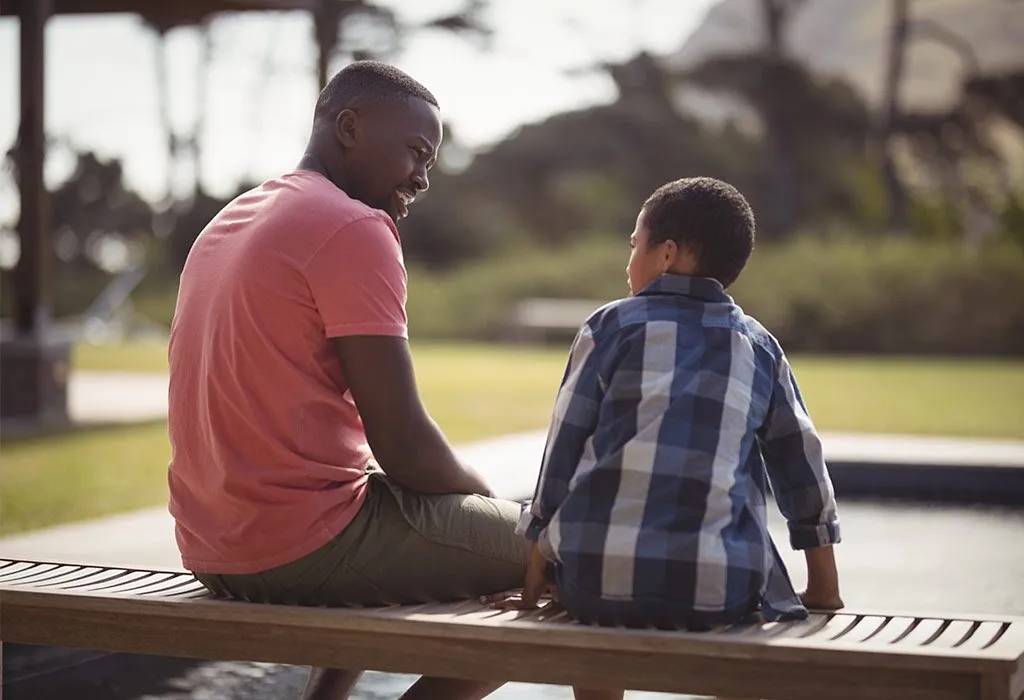
2. Show Your Child How to Apologise Correctly
Start teaching your kid the different components of apologising the right way. A good apology is not just muttering the word under his breath (3).
- Make eye contact.
- Stand up straight and still.
- You should encourage the kid to add words into his apology like telling the listener what he did wrong so the listener knows that your kid knows what he did.
- Your child can also end the apology with a promise of doing better in the future.
- Your child can follow up with a question to ensure that his mistake has been forgiven.
- Teach your child to use the correct tone of voice when apologising. Saying ‘I’m sorry’ in different tones will help your child understand what sounds genuine and what doesn’t.
3. Help Your Child Deal With His Emotions
When you talk to your child about what he did that requires an apology, there are chances that he might be defensive of his actions. In this case, take some time and ensure that he understands why you asked him to apologise and why he shouldn’t feel embarrassed. Let him know that accepting one’s mistake takes courage (4).
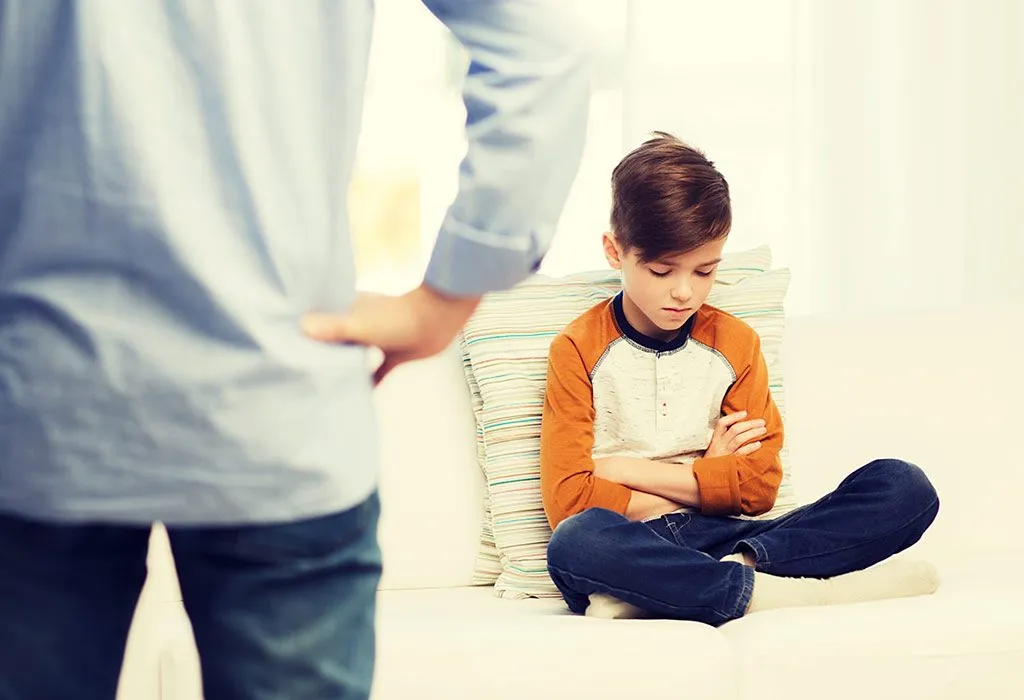
4. Be Neutral
It is never a good idea to fall into two extremities – you should neither be too defensive of your child’s actions nor blame your child and support the other child. You will also be hearing a lot of “he did it” or “she started it”. Try to remain calm in such situations and explain to them that both of them have to apologise to each other. If your child feels bad afterwards, explain that conflict happens between two people, and both contribute to it. So even if it did not start because of your child, apologising is still important (5).
5. Let Your Child Apologise in His Own Way
Sometimes, he may not want to apologise at the time. In such cases, it is better to give kids, especially the older ones, time to calm down and think about their actions before apologising. He can also apologise in his own way, like giving a hug, a flower, or even a note. It is more important that your child is willing to apologise and understands his mistake.

6. Make Your Child Aware of The Consequences of Not Apologising
If your child repeatedly refuses to apologise for his actions, talk to him about the consequences he has to face because of his behaviour. You could say that his friend might not talk to him again and will refuse to play with him.
7. Walk the Talk
Never forget that you should be a good role model for your kid. You should never refuse to apologise to your kid when you make a mistake. Your child will never understand the significance of ‘sorry’ if he never hears it in the house. So when it is necessary, apologise without getting very defensive about it (2).

8. Focus More on the Good Behaviour
Always remember that the more your child starts to differentiate right from wrong, the less he will have to apologise. Therefore, good behaviour should be focused on more than teaching him to apologise because when the child keeps repeating his mistakes, his apology becomes meaningless. So first, prep your child to identify his wrongdoings and amend them. Eventually, he will learn to avoid making such mistakes.
9. Teach Empathy
Teaching empathy helps children understand the emotions of others, making their apologies more sincere. Encourage your child to think about how their actions affect others by asking them to imagine how they would feel in similar situations (1).
10. Remember to Show Love
When your child does something wrong, never let him feel unloved. Forcing a child to apologise makes him feel more shameful and angry. Therefore, the best thing you can do is to make your child understand his mistakes and help him figure out the solution.
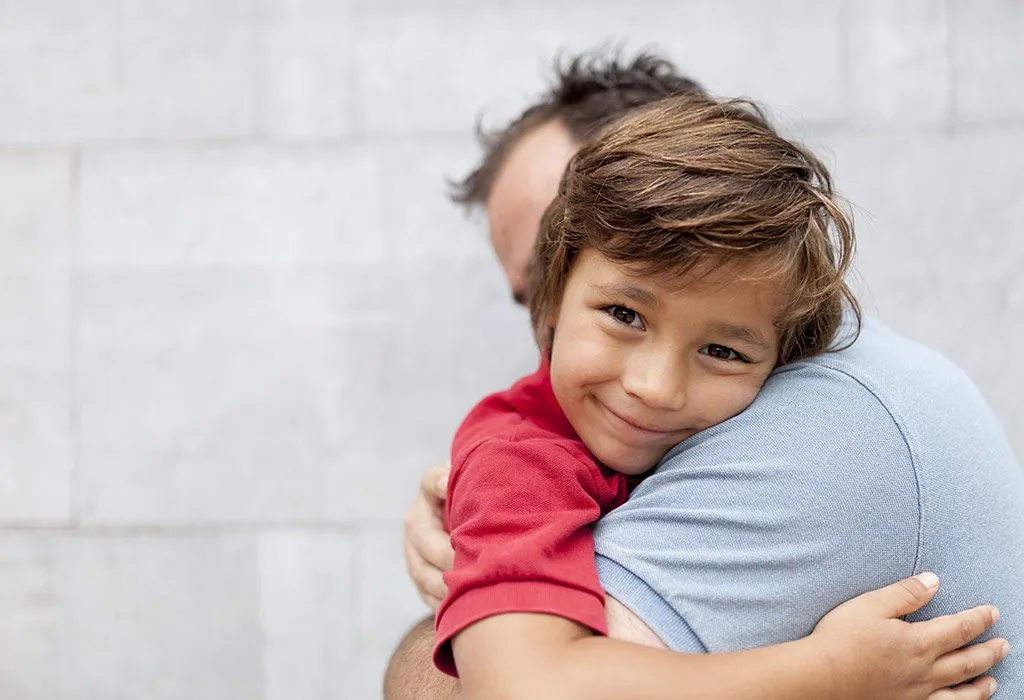
FAQs
1. At what age should I start teaching my child to apologise?
Children can begin learning the concept of an apology around 2-3 years old. While younger kids may not fully grasp the idea, starting early helps build the habit of acknowledging mistakes and showing empathy.
2. What should I do if my child refuses to apologise?
If your child refuses to apologise, focus on teaching them about empathy and the consequences of their actions. Avoid forcing them to say “sorry,” as this can make apologies seem meaningless. Instead, encourage them to make amends in their own time.
3. How can I teach my child to apologise without feeling ashamed?
Help them understand that apologies are part of personal growth; everyone makes mistakes, and apologising is a positive step toward fixing things.
This process can be hard at first, but your child will gradually start developing responsibility, understanding the consequences of his actions and behaviour, and developing empathy. You will definitely end up being proud to have raised a polite kid.
References/Resources:
1. Teaching Kids to Apologize; CHARACTER COUNTS!; https://charactercounts.org/teaching-kids-to-apologize/#
2. 3 Reasons Apologizing to Your Child Is Important; Idaho Youth Ranch; https://www.youthranch.org/blog/being-human
3. Easy Tips For Teaching Children About How to Apologize: A Primer for Yom Kippur; PJ Library; https://pjlibrary.org/beyond-books/pjblog/september-2023/easy-tips-for-teaching-children-about-how-to-apolo
4. Kaminsky. A; How To Teach Your Child To Apologize Sincerely; Advanced Psychology Services; https://www.psy-ed.com/wpblog/teach-your-child-to-apologize/
5. Jackson. L; Teach Your Kids How To Apologize…and Mean It; Connected Families; https://connectedfamilies.org/teach-your-kids-how-to-say-sorry-and-mean-it/
6. Morin. A; How to Teach Kids to Give a Genuine Apology; Understood; https://www.understood.org/en/articles/how-to-give-a-genuine-apology
Also Read:
How to Teach Your Kid to Behave Well
Tips on How to Teach a Child to Be Humble
Effective Tips for Teaching Kids to be Grateful
Tips for Instilling Leadership Skills in Children
Good Habits Every Parent Must Teach Their Child
Was This Article Helpful?
Parenting is a huge responsibility, for you as a caregiver, but also for us as a parenting content platform. We understand that and take our responsibility of creating credible content seriously. FirstCry Parenting articles are written and published only after extensive research using factually sound references to deliver quality content that is accurate, validated by experts, and completely reliable. To understand how we go about creating content that is credible, read our editorial policy here.






